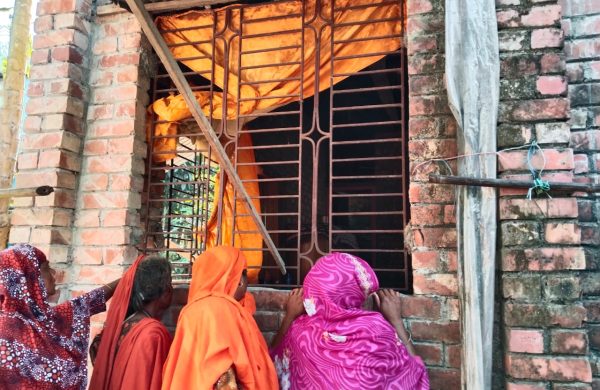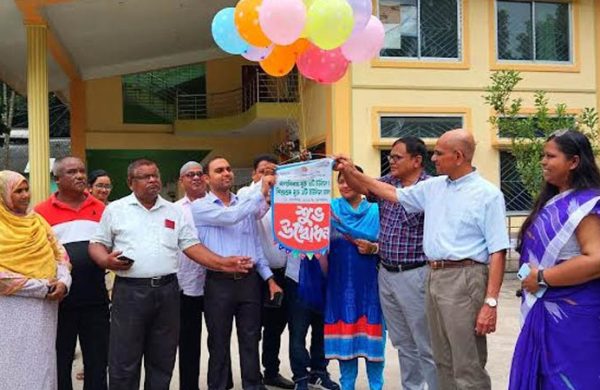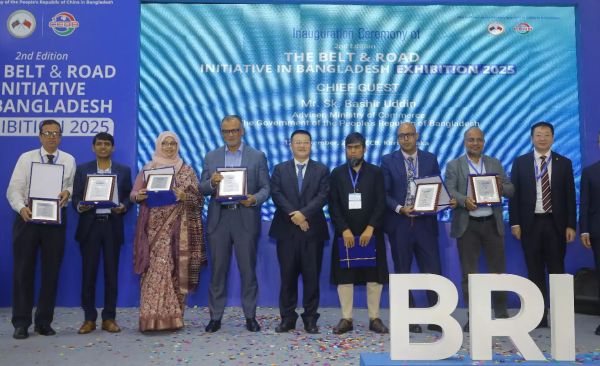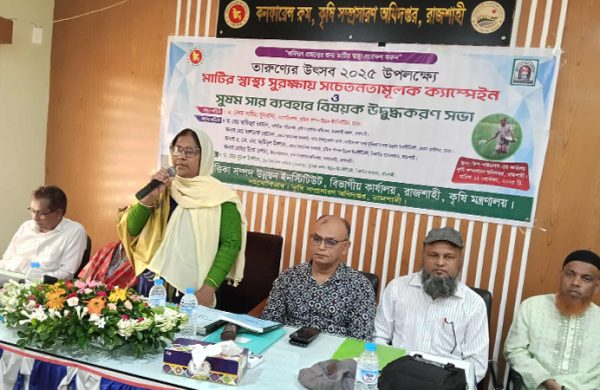More about Kanihati Rice Series and Panchavrihi Dhan
- Update Time : Friday, June 14, 2024
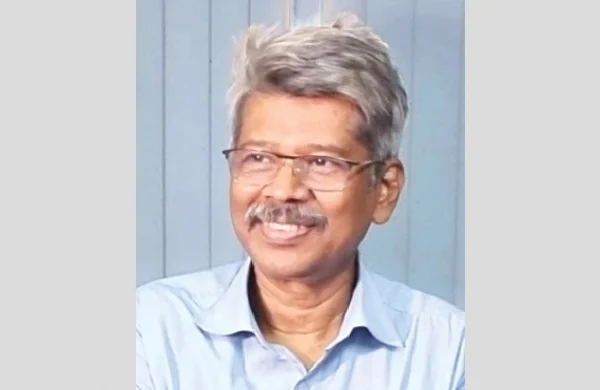
—Jiban Krishna Biswas—
I produced some articles in the newspapers many years back explaining why, from a scientific standpoint, rice breeding lines like Haridhan (a media hype) and Nerica (introduced from Africa) were useless to us. It makes me pleased that Haridhan and Nerica failed to make their way despite the intense promotional efforts. Likewise, I have written on the Panchavrihi and Kanihati rice breeding lines (which are not yet acknowledged as varieties) developed by Dr. Abed Chowdhury. He was highly ambitious about his Kanihati breeding lines. As a result, he decided to test those breeding lines using BADC without any involvement with BRRI. As a result, from 2017 to 2018, BADC authorities carried out two trials at their farms at Itahata during the Boro season and Subarnachar during the transplanted Aman season.
Using a subset of selected materials from these trials, they carried out an additional investigation in the 2019–20 Boro season. At the Itahata farm, yields that ranged from 7.5 to 12 tonnes per acre were remarkably high and unrealistic too. Thus, the findings of this experiment do not agree with those of the other trials. For instance, at Itahata, the yield of Kanihati-4 was 9.0 tonnes per hectare; whereas, in an experiment conducted under the supervision of BADC, the production during the Boro season was 5.5 tonnes. Kanihati-3 yielded 12 tons per hectare. It took 140 days for it to grow. However, at Subarnachar in transplanted Aman season, the same breeding line yielded just 4.2 tonnes per hectare, and the growth time was 130 days.
The yields of Kanihati-1 and Kanihati-11 per hectare at Itahata farm were 5.5 and 9.0 tonnes, respectively. The growth durations were 130 and 132 days, in that order. On the other hand, the BRRI farm yielded 5.25 tonnes and 4.14 tonnes per hectare, respectively, for Kanihati-1 and Kanihati-11, whose growth durations were 150 days or longer. Subarnachar’s experimental findings are quite reasonable. The objective of the experiment in Subarnachar was to find drought short-duration transplanted Aman varieties for the southern part of Bangladesh. They published their result in a journal named “Research in Agriculture, Livestock, and Fisheries” (Vol. 7, No. 3, December 2020, pp. 393–402).
They are by no means short-duration breeding lines, with respect to their growth durations. The yield of the transplanted Aman on the Subarnachar farm varied from 2.6 to 4.8 tonnes per hectare. They took between 103 and 141 days to grow. On the other hand, drought-tolerant BRRI cultivars (such BRRI dhan56 and BRRI dha57) require between 105 and 110 days to reach full maturity. Four to five tonnes per hectare rice are produced on average. Zinc-enriched BRRI dhan62 grows in 100 days and yields 4.5 tonnes per hectare. The yield of 115 days of aromatic variety BRRI dhan75 is 5.5 tonnes per hectare. In addition, there are several cultivars with growth durations of 125–135 days that yield between 5.0 and 6.0 tonnes per hectare. Only those who have minimal experience in rice research can tell where the Kanihati-breeding lines would stand in comparison to the relevant BRRI varieties. I believe that Dr. Chowdhury is not much aware of the technology established by BRRI.
Now let us return to his Panchavrihi. This rice has been the subject of a great deal of conversation on social media since last year. The majority of such conversations centre on emotion rather than science. Scientists at BRRI are not particularly engaged in this debate or discussion. However, a few have commented. The remarks do not support Dr. Chowdhury. Recently, a BRRI senior scientist posted some of his scientific justifications against his Panchavrihi on Facebook. Dr. Chowdhury said to journalist, “Somebody shared with me a Facebook post from a BRRI official who alleged that I don’t talk to them. These are all nonsense that the country’s largest Rice Research Institute is saying” (The Business Standard, Oct. 19, 2023). The journalist also wrote that he (Dr. Chowdhury) did not hide his anger towards the local scientists.
But scientists from BRRI-Habiganj and some scientists from the BRRI head office expressed their interest in Panchavrihi to him. He was indifferent, though. Even Dr. Shahjahan Kabir, the Director General of BRRI, has personally spoken to him a few times and asked him to provide research opportunities or deliver a seminar at BRRI. But he says he doesn’t have any contact with the BRRI. However, he claims not to be in communication with the BRRI. In addition to all of this, he responds angrily to BRRI by calling it “nonsense”. More so, his attitude was not beyond question. An environmentalist associated with BRRI and BARI asked him over phone, “Sir, if your Panchvrihi fails, then who will be liable for that?” Chaudhry Sa’ib angrily replied, “Why? Do you take?”
He is unquestionably a brilliant scientist with a special talent for communicating his findings to the stakeholders. He has many scientific publications published in high impactor journals of the world such as PNAS (Proceedings of the National Academy of Sciences of the United States of America), Nature, and others. It is quite commendable that he is associated with the Nobel laureates. He desires to take action on behalf of his motherland’s farmers. His upbringing on a farm may have shaped him greatly. But he needs to get in touch with the national organisation, BRRI, if he wants to take action on rice. However, he does not prefer to do that. What does that signify? Is he unaware that BRRI functions as a cohesive unit? BRRI scientists have also published articles in various reputed journals around the world. But they don’t like self-promotion. Because, they prefer the smiling face of a farmer more than publishing a scientific article in a journal like Nature, Nature Plant, PNAS, etc.
———————————————-
The writer is Director General (Former), Bangladesh Rice Research Institute; Executive Director (Former), Agricultural Research Foundation








